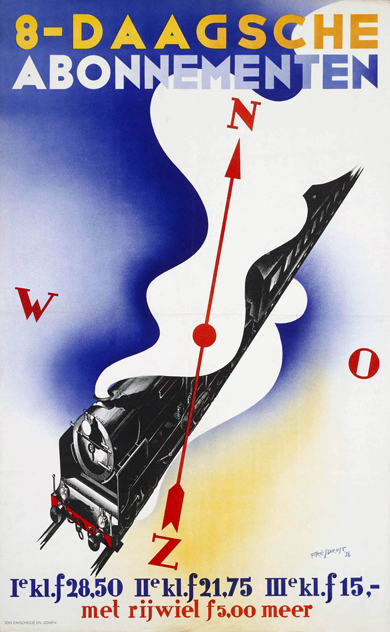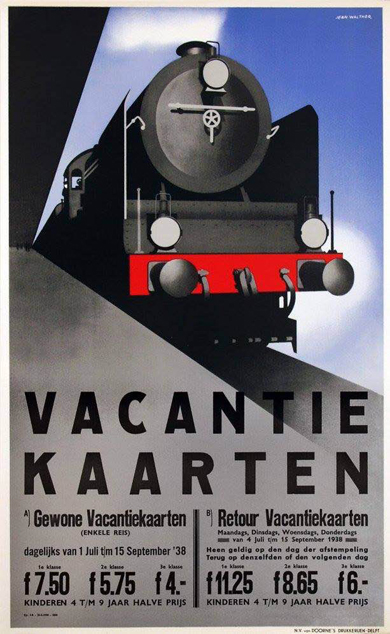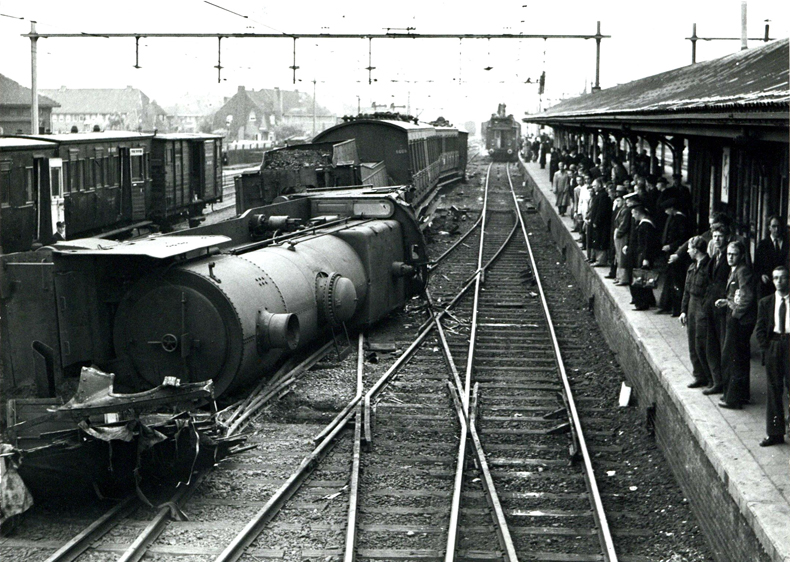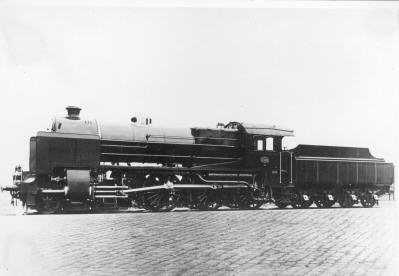Garrattfan's Modelrailroading Pages

NS 3900 (rebuild)
A brief history of the class
3927 builder's photo, Utrechts Archief no 151494 |
3931 builder's photo, Utrechts archief no 151495 |
The fireman tending 3915s headlamps. |
The Dutch Railways were the first to plan for complete abandonment of steam
traction at the soonest possible date. The earliest plan date from 1920-1922. Electrification began and a first class of rail cars was designed and built (Class Mat '24).
By the end of the 1920's at had become apparent that development of electric locomotives lagged behind expectations. Growing train weights necessitated a new generation of locomotives though. Hence the decision was (I guess reluctantly) made to develop yet two more classes of steam locomotive to fill the void. They were to be the last two classes developed by NS, Dutch Railways
The 3900 was one of those two classes (the 6300 being the other one). 32 were built in two batches in 1929 (22) and 1930 (10). For Dutch conditions they were huge. It was the largest design possible without having to add an extra trailing axle (which would have resulted in the first Dutch Pacific design). Delivering 1600 hp, or 12,300 kgf tractive effort, this four cylinder single expansion locomotive was able to pull the heaviest trains at the time. Until WW II it played a major role in express travel. Although not really wanted by the locomotive department, the marketing of NS seized the opportunity of having a modern and impressive locomotive available and its profile features many station poster campaigns. |
 |
 |
 |
|

In 1949 no 3928 overran a speed restriction and spectacularly derailed in the station of Hilversum. The crew was injured, but miraculously not killed and one passenger sustained light injuries.
Their glory period was short. After the initial teething problems they successfully ran express trains from 1932 until the outbreak of WW II in May 1940. The war pushed them into obscurity. 24 loco's were missing after the war, two of them were never found again, the other 22 were all restored to operating condition. After a brief revival between 1947 and 1952 steam submitted to the huge influx of new motive power in the early fifties. The last 3900 was withdrawn in 1957. Unfortunately none of them escaped the torch cutter.





Sign my
GuestBook